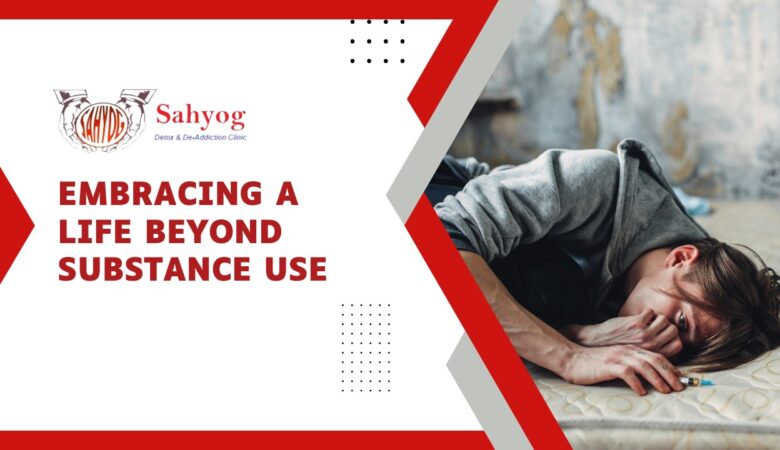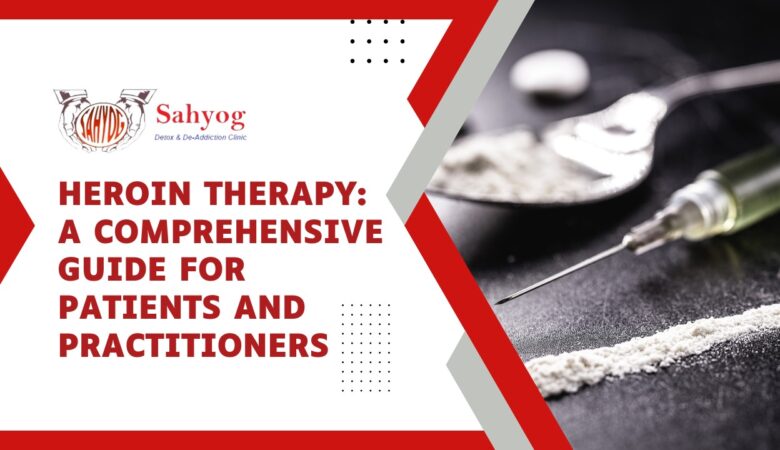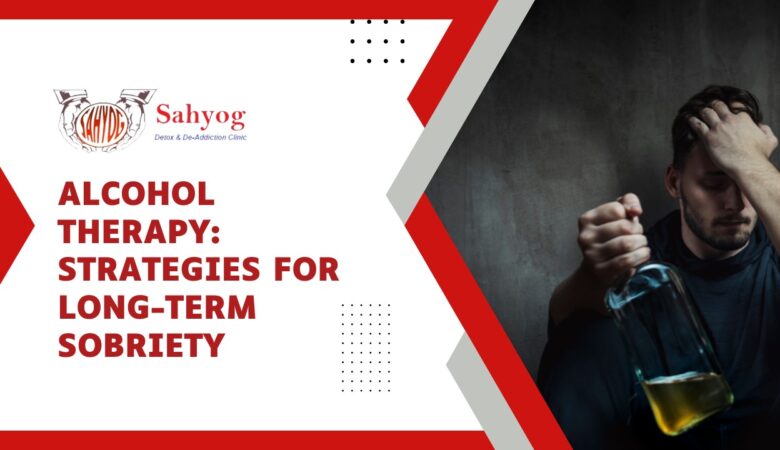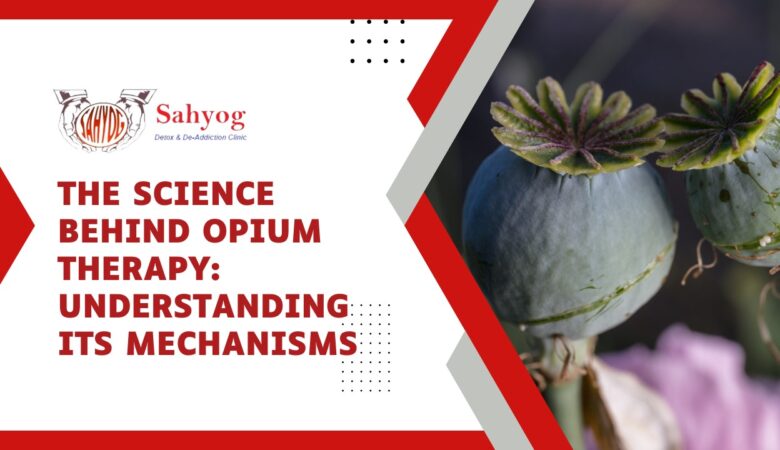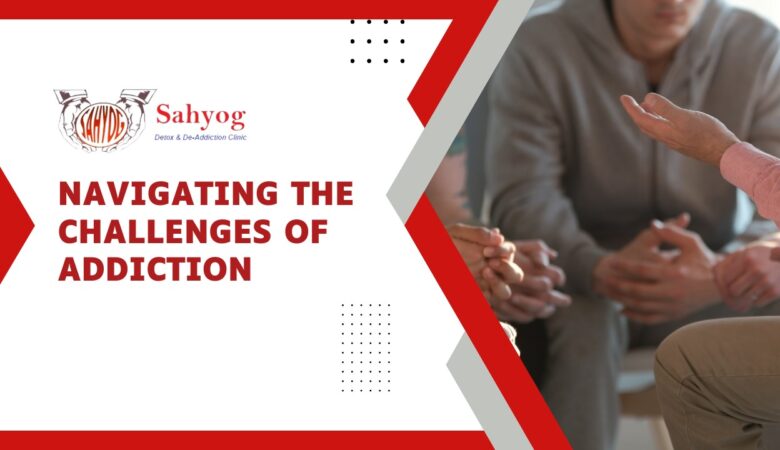Embracing a Life Beyond Substance Use
Introduction to Substance Use and Addiction Welcome to a journey of transformation and empowerment! Substance use and addiction can cast a shadow over one’s life, but it is never too late to step into the light of recovery. In this blog post, we will explore how embracing a life beyond substance use can lead to newfound purpose, joy, and fulfillment. Let’s embark on this inspiring path together! The Negative Effects of Substance Use on Life Substance use can take a toll on every aspect of life. It can strain relationships, lead to financial difficulties, and impact one’s physical and mental health. The temporary relief it may provide is often overshadowed by the long-term consequences it brings. Addiction can isolate individuals from their loved ones, creating rifts that are difficult to mend. It can also result in poor decision-making, jeopardizing job security and stability. The cycle of substance use becomes all-consuming, clouding judgment and distorting priorities. Physically, the toll is evident – from deteriorating health to increased risk of accidents or injuries. Emotionally, the effects are equally damaging as self-esteem plummets and anxiety rises. Substance use doesn’t just affect one person; its ripple effects extend far beyond the individual. Recognizing these negative impacts is crucial in taking steps towards recovery and embracing a healthier way of living. Relationships Substance use can damage relationships in many ways. It can cause strain between partners, family members, and friends. The altered behavior and mood swings that often accompany substance use can lead to conflicts, arguments, and even violence. Addiction can also lead to lying and deceit as individuals try to hide their substance use from loved ones. This breaks trust and creates a barrier in communication, further damaging relationships. Financial Difficulties Substance use is an expensive habit that can quickly drain an individual’s finances. The need to constantly purchase drugs or alcohol can lead to financial strain, causing individuals to borrow money or resort to illegal means of obtaining funds. As addiction progresses, job loss or inability to maintain employment due to poor performance may occur. This only exacerbates the financial difficulties and may lead to homelessness or other severe consequences. Physical Health The physical effects of substance use can be severe and long-lasting. Different substances have different impacts on the body but all take a toll on overall health. For example, long-term alcohol use can result in liver disease, heart problems, and increased risk for certain types of cancer. Stimulants like cocaine or methamphetamine can cause heart attacks or strokes. Opioid use can lead to respiratory issues and an increased risk of overdose. Mental Health Substance use can also have a significant impact on mental health. It can exacerbate pre-existing mental health conditions or even lead to new ones. Substance use can alter brain chemistry, leading to depression, anxiety, and other mood disorders. Furthermore, the constant pursuit of drugs or alcohol can consume individuals’ thoughts and behaviors, making it difficult to focus on anything else. This can result in decreased productivity and difficulty maintaining relationships. Conclusion In conclusion, substance use has severe negative impacts on all aspects of life. It strains relationships, leads to financial difficulties, and takes a toll on physical and mental health. Recovery from substance use is possible with the right support and treatment. Seeking help is crucial in breaking free from addiction and embracing a healthier way of living. The Journey to Recovery Embarking on the journey to recovery from substance use can be a challenging yet transformative experience. It’s a path filled with ups and downs, victories and setbacks, but each step forward is a victory worth celebrating. Recovery isn’t just about abstaining from substances; it’s about rediscovering oneself, rebuilding relationships, and creating a life filled with purpose and meaning. Along the way, there may be moments of doubt or temptation, but with determination and support, one can overcome these obstacles. The journey to recovery is unique for everyone. Some may find solace in therapy or support groups, while others might turn to art, sports, or meditation as outlets for healing. Whatever path you choose, know that you are not alone – there are countless others who have walked this road before you. Remember to be kind to yourself during this process. Recovery is not linear; it’s okay to stumble along the way. What matters most is your commitment to growth and self-improvement as you move towards a healthier and more fulfilling life beyond substance use. It’s important to surround yourself with positive and supportive people who understand your struggles and can offer encouragement and guidance. Lean on them when you are feeling overwhelmed or tempted to use substances again. Recovery also involves learning new coping mechanisms, addressing underlying issues, and making lifestyle changes. These changes may be uncomfortable at first, but they will ultimately lead to a happier and healthier life. As you progress on your journey, remember to celebrate your successes, no matter how small they may seem. Each day without substances is a victory worth acknowledging. Stay focused on the present moment, take things one day at a time, and trust in the process of recovery. Finally, know that recovery is not a destination – it’s an ongoing journey. Even after reaching sobriety, there will still be challenges to face and opportunities for growth. But with determination, perseverance, and support from others, you can continue to move forward towards a fulfilling life in recovery. Embracing a New Way of Life After overcoming substance use, embracing a new way of life is about rediscovering yourself and creating a positive future. It involves letting go of old habits and toxic relationships that no longer serve you. Surround yourself with supportive people who uplift and encourage your journey towards healing. Embracing a new way of life means finding healthy coping mechanisms to deal with stress and triggers. This could involve practicing mindfulness, exercising regularly, or engaging in creative outlets that bring you joy. Remember to be patient with yourself as you navigate this unfamiliar path. Focus on
